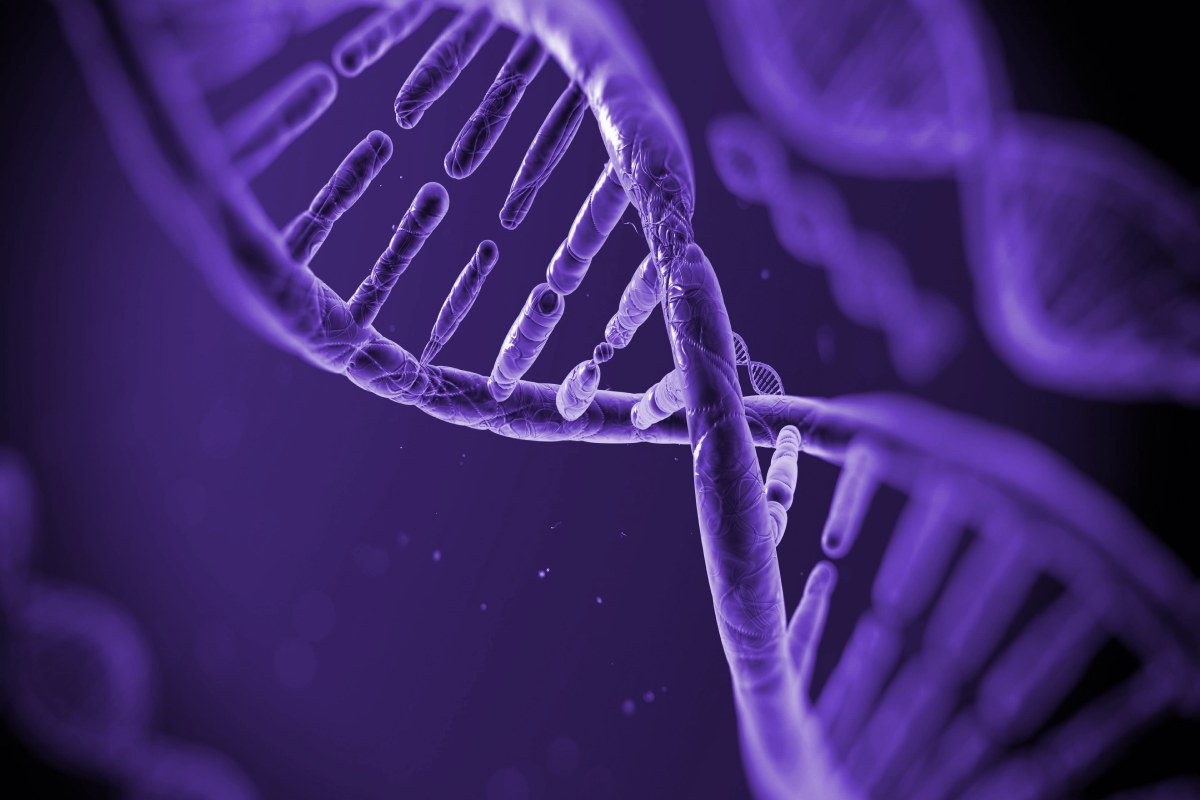Dna Sequencing: Every living organism has complete genetic material which contains full genetic information about the organism.DNA sequencing has opened up a whole world of possibilities in science and health. It enables scientists to use genetic information for different research purposes, such as medical studies and forensics. DNA sequencing has made it possible to conduct human genome sequencing. Some biological processes occur because of the genetic information obtained from DNA sequencing.
Table of Contents
What is DNA sequencing?
DNA sequencing refers to a lab technique used to identify the exact sequence of bases A, C, G, and T in a DNA molecule. This DNA base sequence contains the instructions a cell needs to gather protein and RNA molecules. Therefore DNA sequencing plays a vital role in studying the functions of genes. Thanks to advancements, the technology is faster and less expensive.
Typically, DNA consists of a linear string of nucleotides or bases commonly known by the first letters of their chemical names (A, T, C, and G). Determining the order of the bases in DNA is DNA sequencing, and it is valuable as it helps scientists understand how genomes work. Various developments in the history of DNA have enhanced the efficiency of DNA sequencing even further.
DNA sequencing method
- First, a researcher takes a piece of the chromosomes containing 50-250miillion nucleotide bases, which they then convert into smaller fragments.
- The fragments come in handy as templates for further processing. The templates produce fragments of various lengths.
- Agarose DNA gel electrophoresis is used to divide the fragments and keep them in order.
- Scientists use fluorescent dyes to divide the set of pieces on the agarose gel and retain them in sequence.
- Then they identify the final bases at the end of every strand fragment, which makes the short strand generated in the first step when combined.
- Using automated sequencers to examine the resulting electropherograms, a four-color chromatogram with peaks symbolizes the four DNA bases.
- After visualization, the four fragments are combined to make a long strand which the researcher analyzes for gene coding regions and other features.
Applications of DNA sequencing
There are various applications of DNA sequencing. General ones include:
Medicine
DNA sequencing is valuable in detecting genes associated with acquired or hereditary diseases in the medical field. Scientists use different genetic engineering techniques such as gene therapy to discover the affected genes and replace them with healthy ones.
Forensics
Every individual has a unique DNA sequence; therefore, DNA sequencing is valuable in forensics for identifying criminals through hair, blood, nail, and skin samples from the crime scene. It is also used to identify the paternity of a child.
Agriculture
Some bacteria genes have been used in some food plants to enhance their resistance to pests and insects, resulting in more productivity and nutritional value. DNA sequencing is also valuable in livestock production with improved quality of milk and meat.
Importance of DNA sequencing
Thanks to DNA sequencing, researchers can identify genes causing hereditary diseases like Alzheimer’s and other conditions that occur because of genes malfunctioning. Scientists can also detect different types of cancers by observing specific genes.
Also Read: Unlock the Power of Nature with WellHealthOrganic Ayurvedic Solutions

